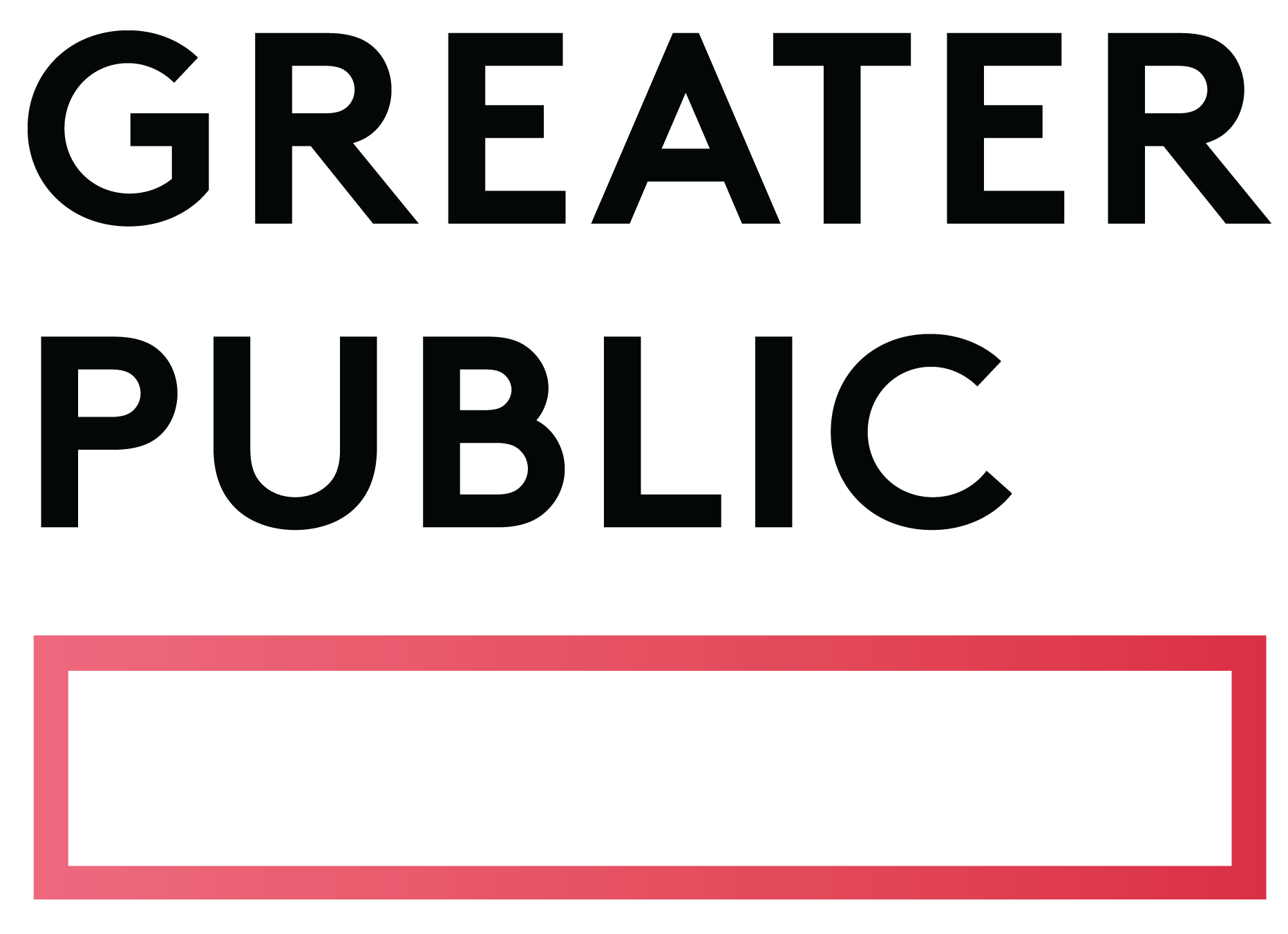Related Articles
Subscribe to the Greater Public newsletter to stay updated.
This site is protected by reCAPTCHA and the Google Privacy Policy and Terms of Service apply.

If you’re like many fundraisers we hear from, your excitement over your growing sustainer program is tempered by your disappointment over the performance of your recent drives. What’s going on? Is it realistic to think your drives should perform the way they used to?
You’re not alone in feeling disoriented. Most sustainers start out as givers during on-air fundraisers. Once they become sustainers, some will upgrade their monthly gifts or make additional one-time gifts during your on-air drives, but most stop giving during drives. So in many – but not all – cases, an increase in the number of sustainers at your station will decrease the number of people who will give to your on-air fundraiser.
The key is to keep your expectations realistic.
You’ll need to change how you determine both the number of members you seek and the total revenue they provide. Here’s how to set realistic drive goals in six steps. We’re focusing on on-air drives here, of course, but you can use this checklist for direct mail and other campaigns too.
Use the actual amount contributed rather than your goal, unless they happen to be the same number.
Exclude major gifts of $1,000 or more.
Write down the number of donors who contributed. Exclude the outliers, including all donors who entered contests without making a contribution and those who gave $5 or less in a single gift in response to a contest, and the donors who gave $1,000 or more.
Break the above numbers into:
You can assume most of the donors who became sustainers during last year’s on-air fundraiser will not contribute to this year’s campaign. Subtract these donors – and the dollars associated with them – from last year’s results.
The remaining donors and dollars form a reasonable expectation of what you could raise in this year’s on-air fundraiser. This is your baseline. But now you need to add in a few factors, and do a little educated crystal ball-gazing.
Your sustainer trajectory is the percentage of donors you think will sign on as sustainers during this year’s on-air fundraiser. The trend line from your last several drives (not just the most recent one) should indicate what you can expect. The number of sustainers and the revenue associated with them need to be factored into your new goal.
Determine your overall membership revenue and donor trajectory. If your station is growing by an average of six percent per year in donors and membership dollars, is this likely to continue, or do you expect the amounts to be higher or lower? Factor your anticipated growth into your donor and dollar projections.
Did you have an election year or other unusual circumstance that increased or decreased the results of last year’s on-air fundraiser? Factor that in or out of your projections for this year’s campaign.
Apply your typical fulfillment rate to your projections to determine the amount of pledges and pledged dollars you’ll need to meet your goals for contributors and contributions. Also check with your finance department to make sure you’re in agreement about what percentage of sustainer dollars raised in this drive can be recognized in your current fiscal year.
If you will ask for sustainer upgrades during the drive, estimate a response rate and factor this into your goal for dollars and donors.
Don’t forget…
Keep in mind the giving history of donors who sign on as monthly givers during your on-air fundraisers. If donors who used to give via direct mail are drawn to the appeal of monthly giving as a result of your on-air fundraising, then you have moved these donors out of your direct mail pool and you’ll need to apply this adjustment to your direct mail projections, not just to your pledge drive goals.
These guidelines will have you well on your way to setting a goal that you all feel good about, one that recognizes and builds on the success you’ve made in growing your sustainer program. In the end, it’s all about the total dollars toward your mission, not the total dollars toward your drive goal!

View these related member resources and more with a Greater Public membership:
This site is protected by reCAPTCHA and the Google Privacy Policy and Terms of Service apply.
New to Greater Public? Create an account.
